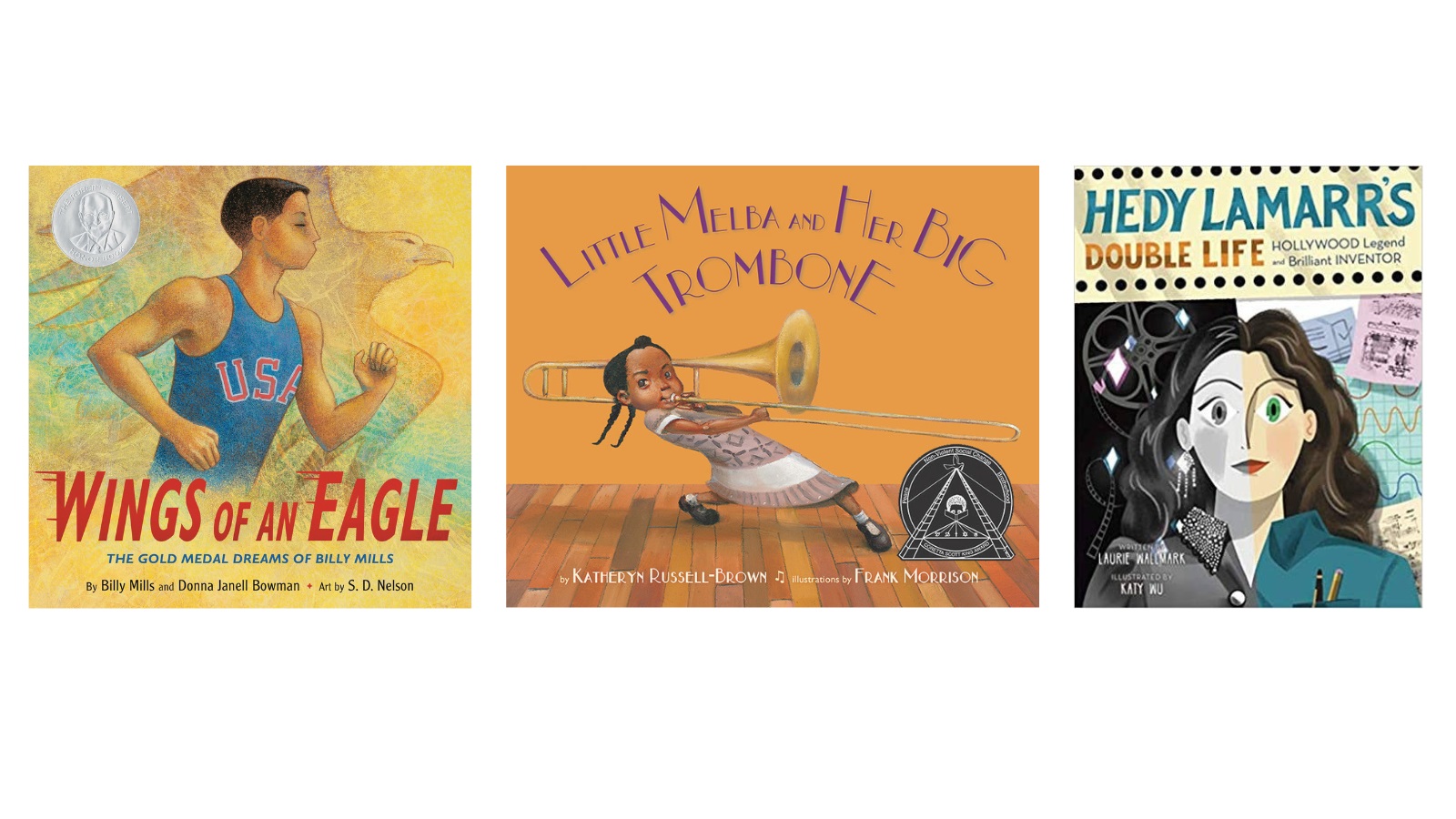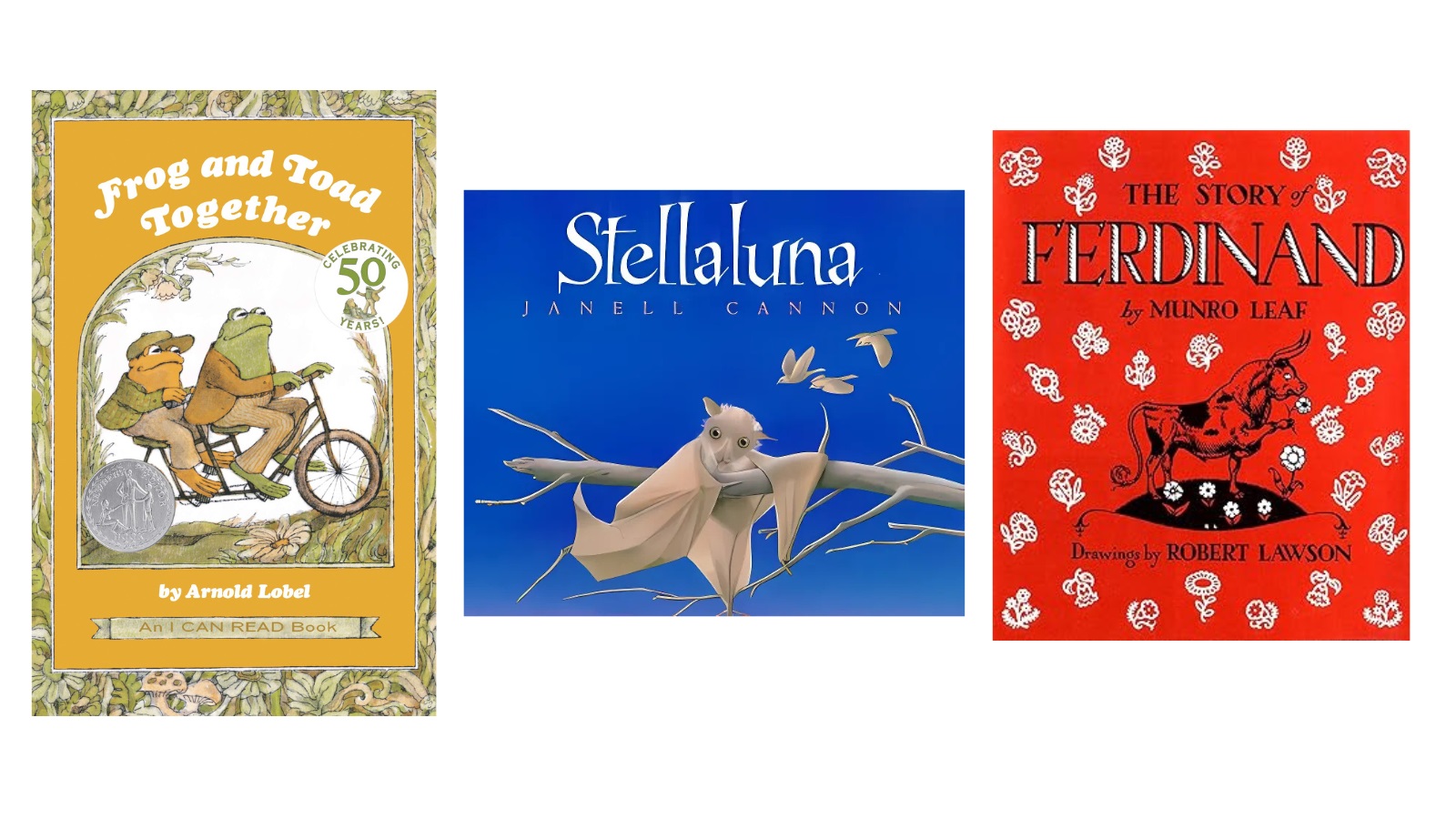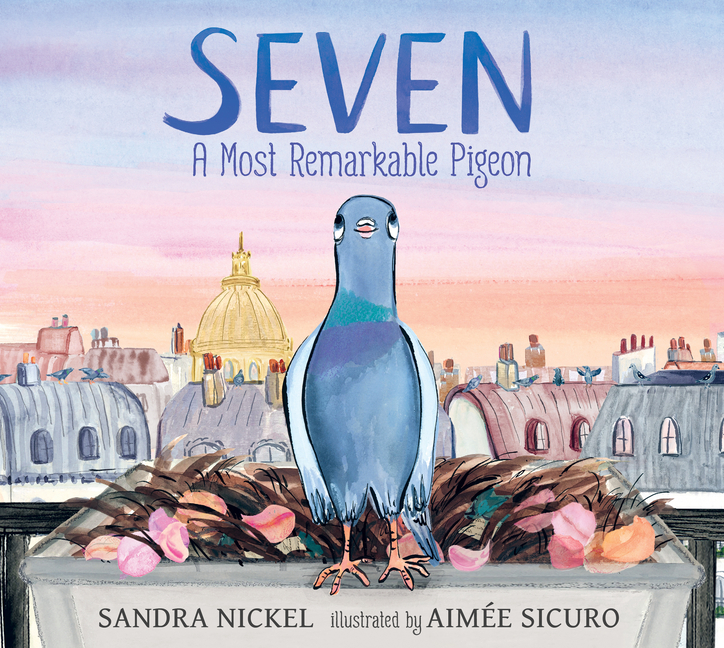Picture Books for Those Who March to a Different Beat
by Sandra Nickel
The year my daughter was diagnosed as autistic, I found myself thinking a lot about kids who feel different from other kids. You know, the ones who have different interests and march to a different beat of the drum. But also, the ones who are shy or just don’t fit in.
In particular, I thought about how different ones are portrayed in picture books. They often change by the end of the story. Anxious ones get less anxious. Late bloomers catch up to the others.
But what about neurodivergent kids, who are born with a different sort of brain? Change for them often means trying to blend in with others and pretending to be someone they are not. This sort of camouflaging and masking often results in depression and anxiety. And so I started looking for picture books where different ones stay different and that’s okay.
The good news is that in the realm of nonfiction, there are a fair amount of biographies where young people have unique interests and then go on to become inventors, trailblazers, or successful musicians. A few of my favorites are: Hedy Lamarr’s Double Life: Hollywood Legend and Brilliant Inventor (Union Square, 2019), Wings of an Eagle: The Gold Medal Dreams of Billy Mills (Little, Brown, 2024), and Little Melba and Her Big Trombone (Lee & Low, 2014).

In the realm of fiction, however, it’s surprisingly difficult to find picture books where different ones remain different.
There are more and more books that tell the fictional stories of neurodivergent children. Most portray the challenges that the characters face or the accommodations they must make to live in this world. These books are important because they shine the light on neurodivergent lives and help parents, teachers, and librarians discuss neurodivergence with the children around them.
But what about neurodivergent children themselves? Every day of every week they struggle with their differentness. When they open a book, they may not want to enter a world where another child is struggling. So, what kind of fiction do they read?
My daughter’s go-to story for feeling better was Stellaluna (Houghton Mifflin Harcourt, 1993). There, a young bat lands in a world made for birds, but by the end of the story, she no longer has to copy what the others do, she is able to be her own original self.
Another neurodivergent friend’s favorite picture book was The Story of Ferdinand (Viking, 1936), a classic tale that validates the positive side of having intense interests, as many neurodivergent children do. She found the story calming.
The story I read over and over again was “A List” from Frog and Toad Together (Harper & Row, 1972). In it, Toad makes a list of things to do for the day. Frog joins in. And when Toad loses the list and won’t leave his spot because he has lost the rules for his day, Frog stays with his friend. It was a reassuring story for this undiagnosed autistic girl because Frog stays next to Toad, never once asking him to change or be different than who he is.

All of these stories have three things in common. The character who is different stays happily different. The story is not about neurodivergence; it’s a story where the main character happens to have neurodivergent qualities. And last of all, the stories are set in made-up worlds that offer distance from real-world difficulties. Sure, Stellaluna, Ferdinand, and Toad all face challenges, but since they are a bat, bull, and toad in imaginary worlds—rather than real children in a real-life setting—their stories don’t come with the same anxiety that might accompany the story of a child who is struggling in our own world.
Are there more than these three fictional picture books that we can offer to kids who might need reassurance about being different? I found nine more and set them out along with the three above in “12 Ideal Picture Books for Children with Autism,” which is published in School Library Journal.
I can also offer you one of my own stories: Seven, A Most Remarkable Pigeon (Candlewick, 2025) (illustrated by Aimée Sicuro), which I wrote after thinking about how different ones are portrayed in picture books.
Seven is different from the moment he is born because he arrives in the world by himself, while other pigeons arrive in pairs. He is also born with an extraordinary sense of smell. As the other pigeons build their nests with twigs, eat breadcrumbs, and fly in a straight line, Seven builds his nest with delightful smelling roses, eats fragrant rice, and flies here and there, always following his beak. As you can imagine, the flock disapproves of Seven and makes him feel his differentness. But don’t worry, by the end, Seven, A Most Remarkable Pigeon is also a story about how the ways in which we are different can also be the ways in which we become heroes.
All the stories I’ve mentioned—whether fiction or nonfiction—are especially good choices for children marching to the beat of a different drum. But in truth, they are good choices for all children, because they convey messages of self-appreciation and encouragement. If you know of more books like these, I would love to hear about them in the comments. Let’s share and bring them to the forefront!

Hear Sandra Nicke discuss writing Seven
Listen to Sandra Nickel talk about her name
Share Seven using this Classroom Guide
Explore Sandra Nickel’s author page on TeachingBooks
Text and images are courtesy of Sandra Nickel and may not be used without express written consent.


Leave a Reply